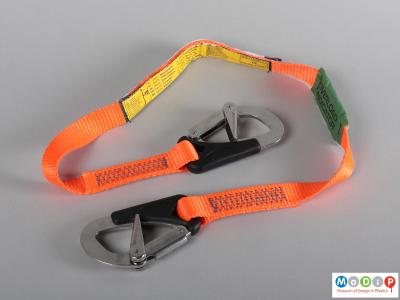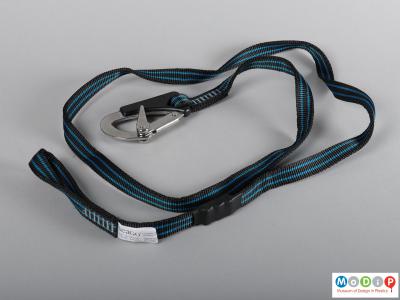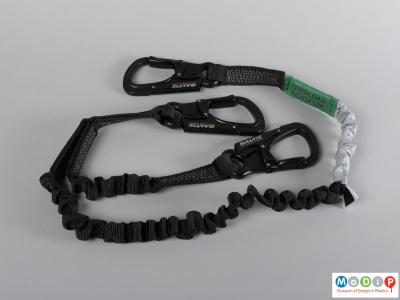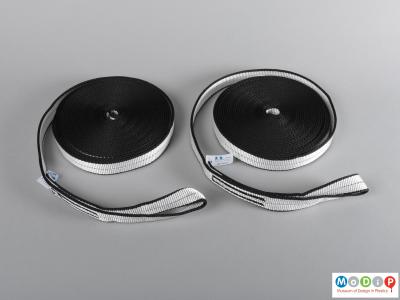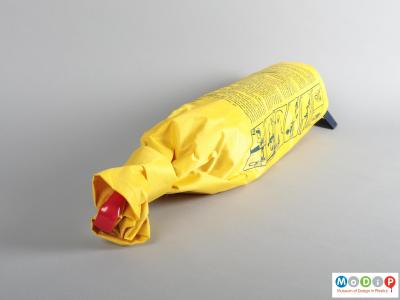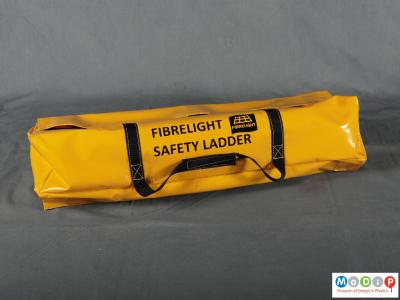There are a number of dangers associated with sailing or working out at sea, not least falling overboard. Safety lines are used to tether the user, via a safety harness, to a suitable point on the boat. The woven lines are made of polyamide and have either a hook at both ends (1), or a cow hitch one end and a hook at the other (2). If the weather and sea conditions dictate, a line with three hooks (3) enables the crew member to move between anchor points without being untethered at any time. These lines should either be attached to fixed anchor points on the vessel, or a set of jackstays or jacklines can be used. The Wichard Lyf’safe Jackline kit (4) has lines that are made of woven polyester. The adjuster casings are made of a photoluminescent elastomer which can be easily seen in the dark and will eliminate noise and vibrations.
The commercially available Eval throwline (5) has a floating polyethylene rope with a high breaking load, and the polyvinyl chloride (PVC) coated polyamide (PA) bag has a polyethylene (PE) foam float to aid buoyancy. In some countries these kinds of rescue devices are not easily available. In 2019, AUB was approached by the RNLI to help develop a range of production tools to accompany an open-source design. The resulting prototype (6) was created locally in Zanzibar as part of a research and development project.
The Fibrelight Self Recovery Ladder (7) is attached to the side of the vessel. An adjustable cord allows the ladder to be pulled from the burst-zip bag by a user who has fallen overboard. The rungs are made of strong, yet light weight, carbon fibre composite, however, the bottom rung is made of stainless steel in order that the ladder sinks to a level in line with the user’s foot enabling a lone sailor to save themselves.
The Life Cell (8) was designed by company directors, Scott Smiles and Rick Matthews, after experiencing an accident at sea. The device, made of closed cell waterproof polyurethane foam and covered with impact resistant and fire-retardant polyethylene, is buoyant enough to support up to four people. All members of the party can hold the handles or use the wrist lanyards to ensure they stay together making them easier to spot by rescuers.

